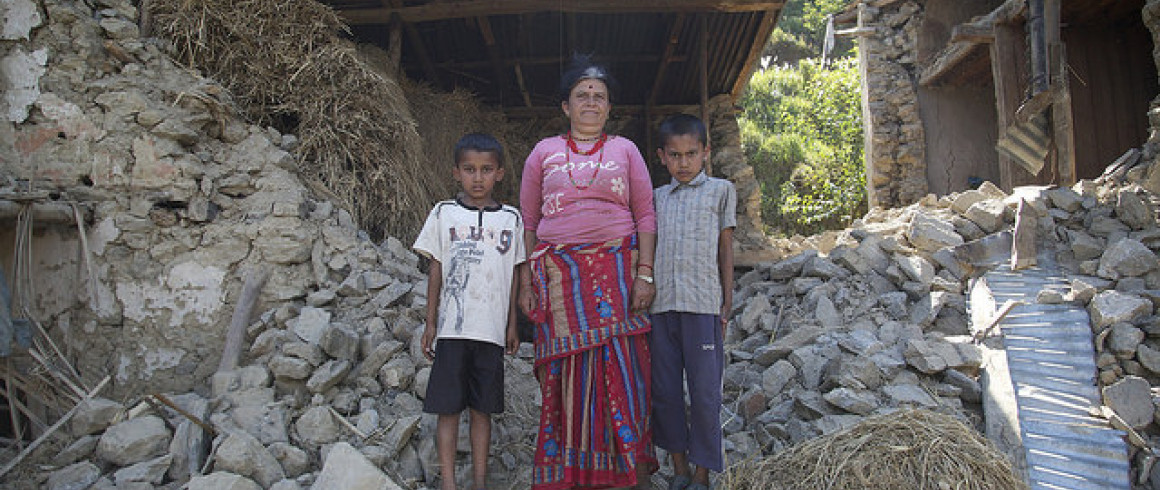Pembroke and Nepal III
Deepa Solanki (2009) graduated from Pembroke in 2012 and is now a Manager in the South Asia practice of Adam Smith International, a leading international advisory firm. For the past year and a half she has been working regularly in Kathmandu and was there when the first earthquake hit:
Duck, Cover, Hold! Having regularly worked in one of the world’s most active seismic regions for the past year, this was the drill we were told to follow if an earthquake occurs. However, on April 25th, just before noon, instinct took over and I, along with five colleagues, ran as fast as we could out of our office in central Kathmandu when the earthquake struck.
As the ground shook violently, my colleague was thrown into the wall and bits of plaster began to crumble around us. Luckily, we only had one flight of stairs to go down to get outside. Whilst running down and desperately holding on to the bannister for balance, I looked down at my feet. I was barefoot, and had left everything in the office in the rush to get outside.

We ran into the office car park where there was water was being thrown out of a fountain and watched as the office building continued to shake. As the quake subsided, my colleagues and I agreed that the earthquake simulator in London’s Natural History Museum was a surprisingly accurate depiction of what an earthquake feels like in real-life.
Patan, the area of Kathmandu that our office is located in, is full of tightly packed buildings and narrow lanes; as such, the car park of our office appeared to be the largest open space in the immediate surrounding area. When the guards opened the gates, people rushed in, some in tears, hugging family members and others trying to contact loved ones.
About half an hour later a large aftershock hit, this time 6.6 on the Richter scale. Despite the lower magnitude, personally, I found this was a lot scarier than the initial quake. I was aware of what was happening, but felt helpless. With nowhere to run to, I just had to wait it out.
Following a couple more aftershocks, we moved to a slightly larger open space - a small field nearby. A few Nepali families had already made their way there. I sat on the grass and beneath me the ground was constantly moving. It was like being on a ship.

We sat in the field for three hours and, after numerous aftershocks of varying intensities, made a plan to walk across Kathmandu to the hotel where two of my colleagues were staying. We walked for an hour through the city, past the collapsed Dharahara tower, and the National Stadium, which would become temporary accommodation for many over the next few nights.
We camped out for three nights in the hotel car park, regularly awoken by tremors. The relentless aftershocks were terrifying, I felt constantly anxious waiting for the next one to hit. They were all accompanied by a roar; every time the earth started shaking I had no idea if it was a small jolt or another large quake.
I left Kathmandu on April 29th and travelled home to Delhi. From the plane I saw neon orange tents had sprung up across the country and was overwhelmed. I felt guilty that I could run away to another city that wasn’t trembling every few hours, but also extremely lucky to be safe.
Photographs: Bhasker Solanki
This is the third blog exploring Pembroke’s connection to Nepal. You might also like to read the first and second blog posts.
